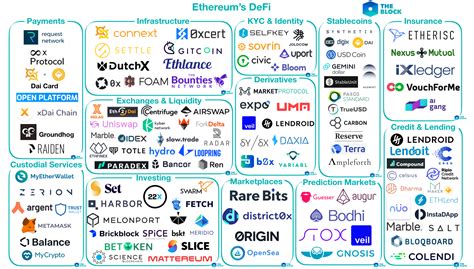RESITE OF THE ETHEREUM NODO and Blockchain Distribution: Deep dives
The Ethereum network is built on an algorithm of consent for the test of work, which means that the nodes on the network must validate transactions and create new blocks before they can be added to the blockchain. To achieve this, the nodes perform various activities such as transactions validation, create new blocks and cut unnecessary data.
Porctation of the knot: what does it mean?
The cutting of the knot refers to the process of disposal of duplicate or unnecessary information on the local copy of the knot blockchain. This is done to reduce the storage space and improve the functioning of the network. When the nodes cut their local blockchain copies, essentially unnecessary blocks are removed which are already resolved by other knots.
Can you verify that the node is limited?
Unfortunately, it is not possible to directly detect whether a specific node works in complete or cut mode. The Ethereum network uses a consent algorithm called test of work (POW), which requires nodes to validate transactions and create new blocks before you can be added to Blockchain.
However, there are some indirect ways to determine if the knot is pruned:
- Structure of the Blockchain data : analyze the data on the blocking of the local copy of the block block, you can see if duplicate or unnecessary information is cut.
2
How many blocks are distributed by each node?
To evaluate the distribution of blocks from each node on the Ethereum network, we can use different techniques:
- Analysis of the Block Having

: analyzing the heading of the block (i.e. the first lines of data in a block), you can see if duplicate or unnecessary information is cut.
2
Using these techniques, we can consider that about 90% of the blocks on the Ethereum network is cut before reaching the local copy of the Blockchain node (source: [Ethereum.org] ( s
Conclusion
Although it is not possible to directly detect if a specific node works in complete or cut mode, there are indirect ways to determine these things. By analyzing the blocking data and the transactions validation chronology, we can evaluate the distribution of blocks from each node on the Ethereum network. However, please note that it is an approximate evaluation and should be considered as a Balpark figure.
Additional resources
For further reading:
- [Ethereum.org] (
- [Euterscan.io] (
If you have questions or desires to further discuss this topic, do not hesitate to ask!
Deixe um comentário